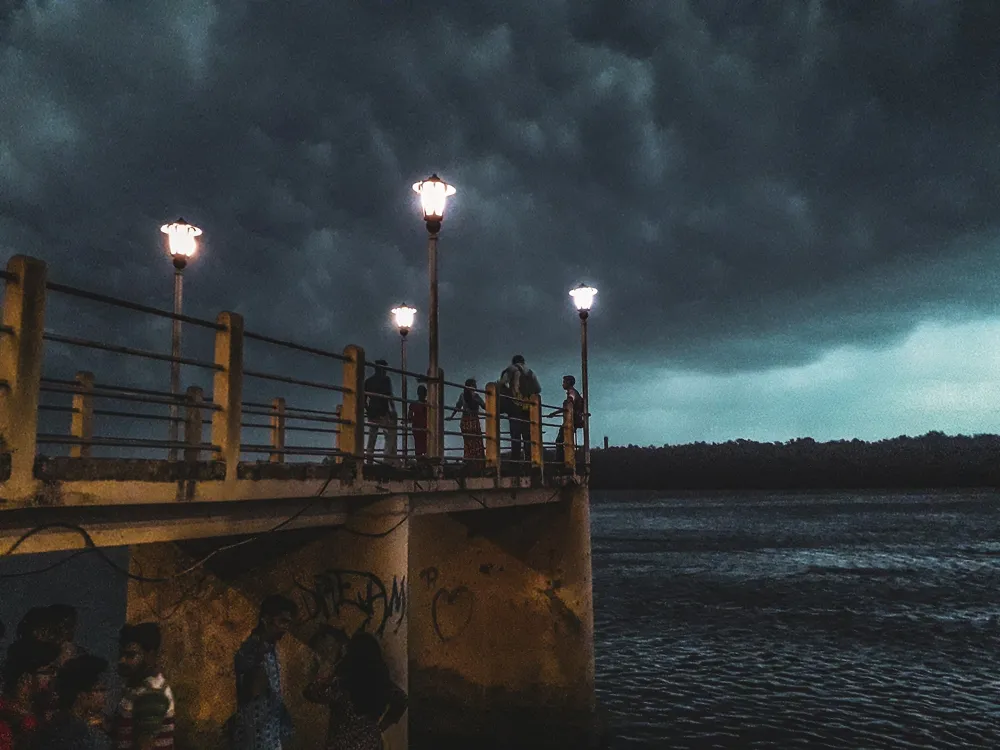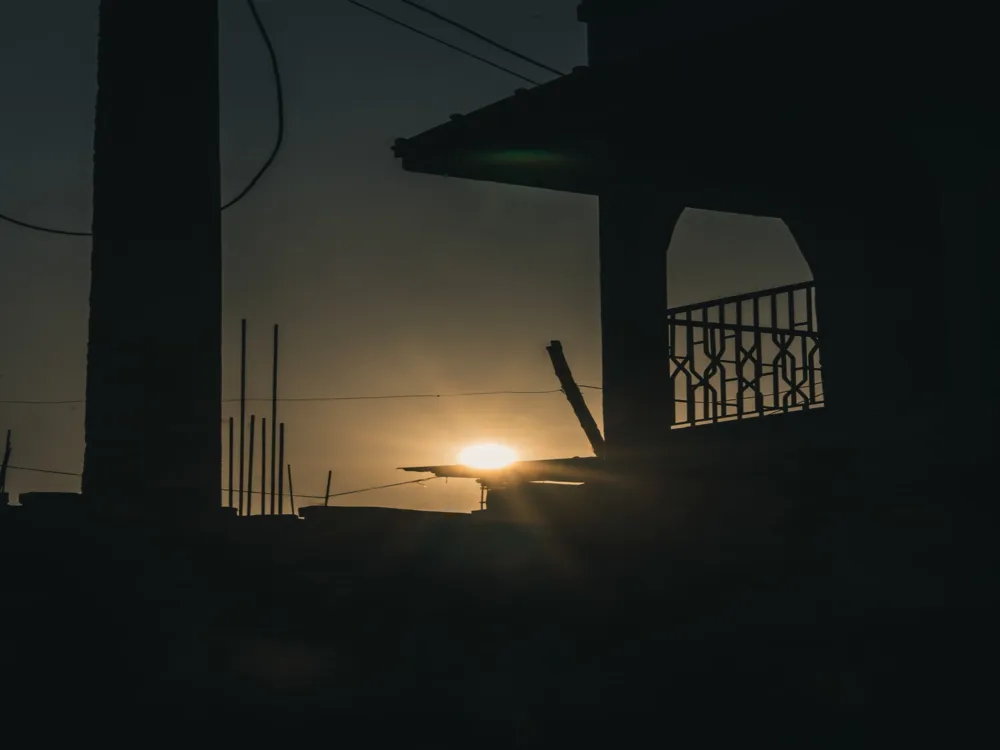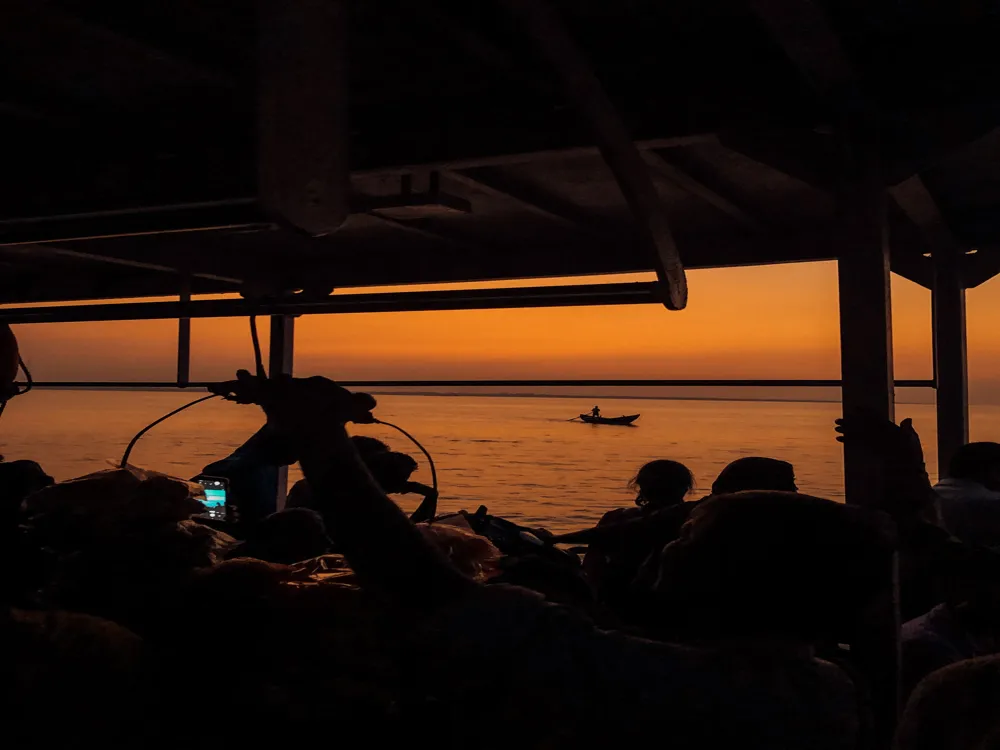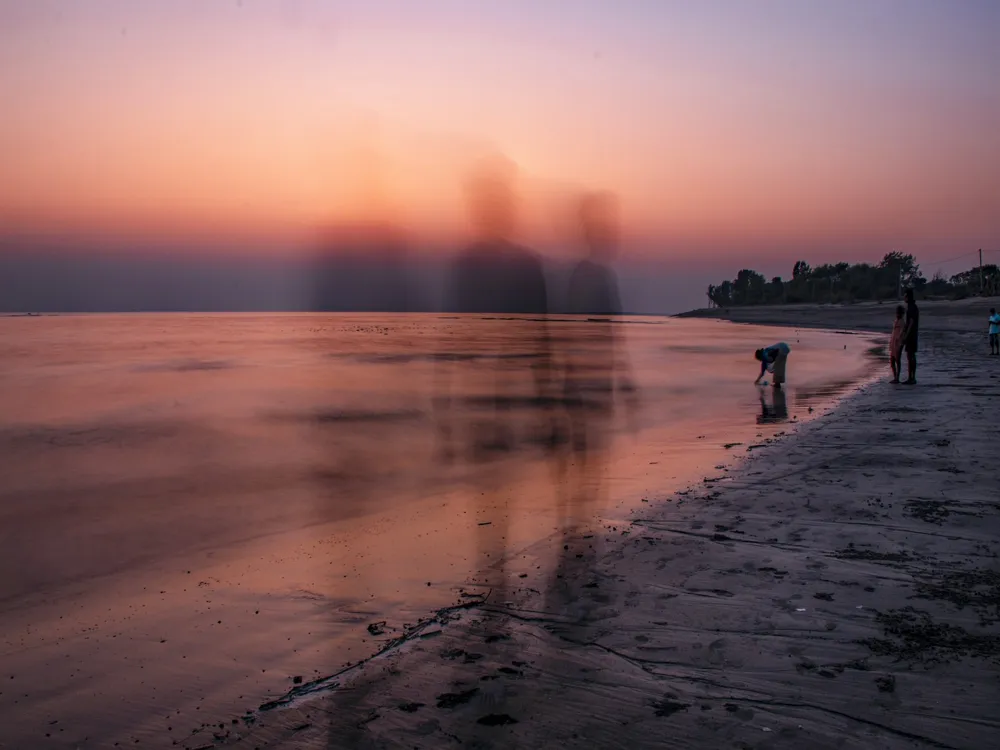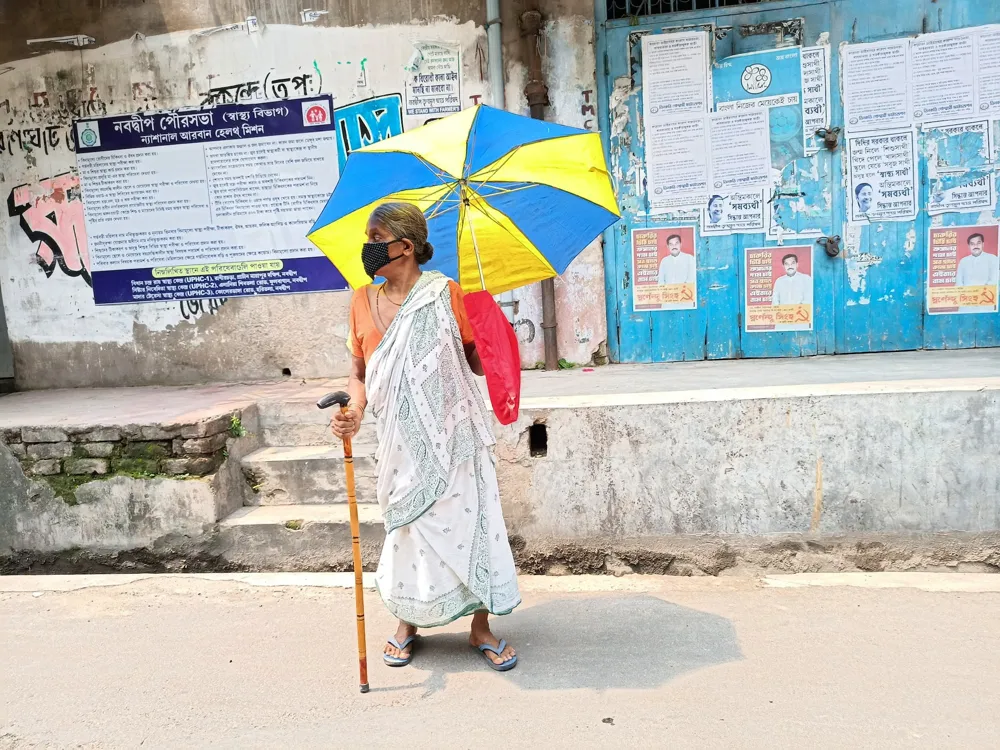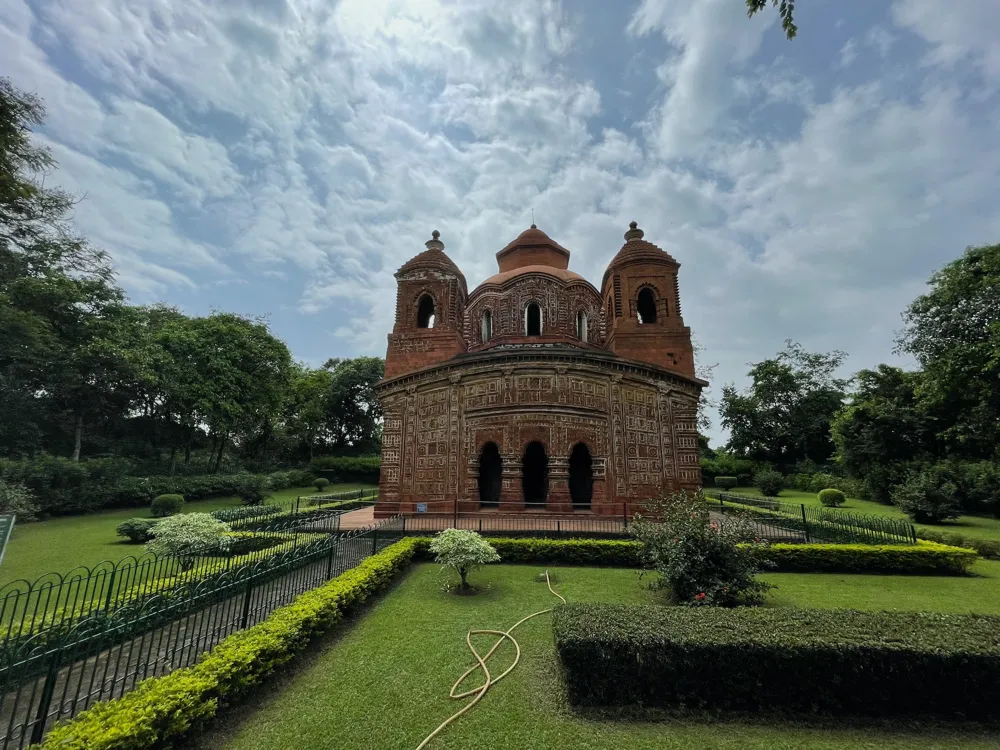The Birla Planetarium in Kolkata, also known as the Taramandal, is not just a repository of galactic knowledge but a symbol of architectural brilliance and cultural significance. Situated in the heart of Kolkata, West Bengal, it has been a beacon of astronomical sciences since its inception in 1962. This planetarium is not only one of the largest in Asia but also stands as a testament to the advancement of science and technology in India. The Birla Planetarium holds a special place in the hearts of space enthusiasts, school children, and tourists alike, offering a mesmerizing journey through the stars and beyond. The planetarium's journey began as a visionary project by the Birla family, renowned industrialists, and philanthropists, who aimed to ignite a passion for space and astronomy among the masses. Since then, it has evolved into a hub of astronomical research and education, attracting visitors from all over the world. The planetarium's state-of-the-art infrastructure, coupled with its unique dome-shaped screen, offers an immersive experience that transports viewers into the depths of space. Its regular shows, available in multiple languages, cover a wide range of topics from the solar system to distant galaxies, making complex astronomical concepts accessible to everyone. The architectural grandeur of the Birla Planetarium in Kolkata is a confluence of classical Indian styles with modern design elements, creating a timeless structure. Designed by the renowned Indian architect Nandu Bose, the planetarium's exterior resembles the Buddhist Stupa at Sanchi, symbolizing a connection with India's rich historical and cultural past. The central dome, an iconic feature, is reminiscent of the Sanchi Stupa and adds a touch of historical significance to the building's modern functionality. The interior of the planetarium is equally impressive, featuring a large, centrally located dome that is used for projecting the night sky. The seating arrangement, designed in a circular pattern around the central projector, ensures that every viewer has an unobstructed view of the celestial display. The use of advanced projection technology, coupled with acoustic enhancements, makes the experience of watching the stars and planets not just educational but truly enchanting. To make the most of your visit to the Birla Planetarium, it's recommended to plan your trip during the weekdays when the crowd is thinner. The planetarium operates shows throughout the day, so you can choose a time that suits your schedule. Keep in mind that the planetarium is closed on Mondays. The Birla Planetarium offers a variety of shows in different languages. Before visiting, check the show schedule on their official website to pick a show that interests you the most and is available in a language you're comfortable with. While photography is not allowed inside the dome, you can capture the beautiful exterior of the planetarium. Remember to switch off your mobile phones during the show to avoid disturbing other visitors. Located at the heart of Kolkata, the Birla Planetarium is easily accessible by various modes of transportation. If you're traveling by metro, the nearest station is Maidan, which is just a short walk away from the planetarium. For those preferring road transport, numerous buses ply to and from different parts of the city, making it convenient to reach the planetarium. Taxis and app-based cab services are also readily available for a more comfortable journey. Read More:Overview of Birla Planetarium, Kolkata
Architecture of Birla Planetarium
Tips When Visiting Birla Planetarium
Best Time to Visit
Choosing the Right Show
Photography and Etiquette
How To Reach Birla Planetarium
Birla Planetarium
Kolkata
West Bengal
NaN onwards
View kolkata Packages
Weather :
Label : Must Visit
Tags : Planetarium
Timings : 12:00 AM - 6:30 PM
Time Required : 2-3 hrs
Entry Fee : INR 40
Planning a Trip? Ask Your Question
Kolkata Travel Packages
View All Packages For Kolkata
Top Hotel Collections for Kolkata

Private Pool

Luxury Hotels

5-Star Hotels

Pet Friendly
Top Hotels Near Kolkata
Other Top Ranking Places In Kolkata
View All Places To Visit In kolkata
View kolkata Packages
Weather :
Label : Must Visit
Tags : Planetarium
Timings : 12:00 AM - 6:30 PM
Time Required : 2-3 hrs
Entry Fee : INR 40
Planning a Trip? Ask Your Question
Kolkata Travel Packages
View All Packages For Kolkata
Top Hotel Collections for Kolkata

Private Pool

Luxury Hotels

5-Star Hotels

Pet Friendly













